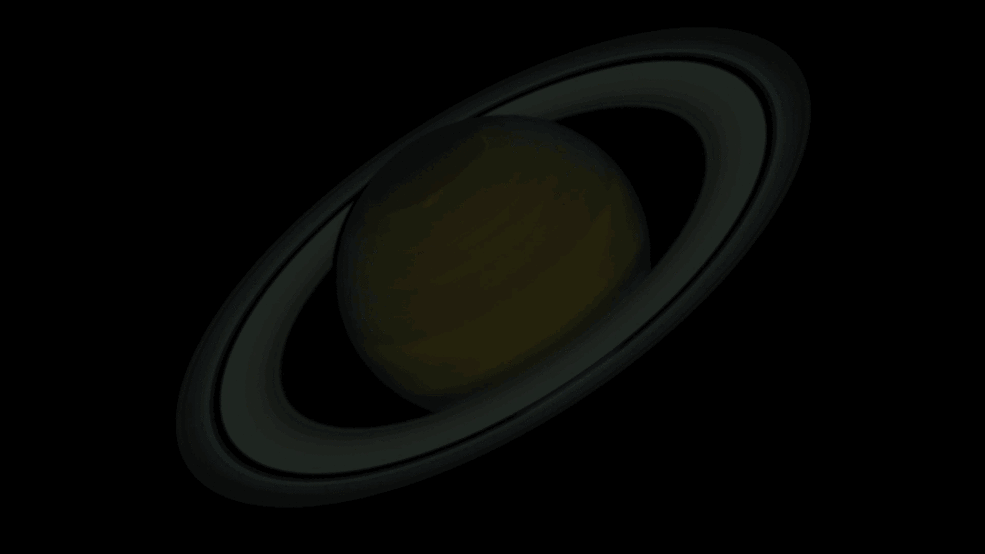NASA’s Voyager mission in the 1980s discovered that the rings of Saturn get temporary “spokes”, smudgy areas within the rings that are either darker or lighter than the surrounding material. The spokes happen only during a certain period, the years right before and after an equinox. The autumnal equinox for Saturn’s northern hemisphere is coming on May 6, 2025, and now the first spokes have appeared.
The last equinox of Saturn was in 2009. At the time, the ringed planet was orbited by the Cassini spacecraft. The mission was a collaborative work between NASA, the European Space Agency, and the Italian Space Agency and revolutionized humanity’s understanding of Saturn. But the mechanism behind these spokes managed to elude even such a successful mission.
“Despite years of excellent observations by the Cassini mission, the precise beginning and duration of the spoke season is still unpredictable, rather like predicting the first storm during hurricane season,” NASA senior planetary scientist Amy Simon, head of the Hubble Outer Planet Atmospheres Legacy (OPAL) program, said in a statement.

Hubble Space Telescope images of Saturn taken in 2018, 2019, and 2020 during the planet’s northern hemisphere summer. Image Credit: NASA/ESA/STScI/A. Simon/R. Roth
The team believes that the culprit is Saturn’s variable magnetic field. The charged particles released from the Sun as the solar wind interact constantly with planetary magnetic fields. But as a planet orbits the Sun, the relative positions of magnetic fields and solar wind change. It is possible that around the equinoxes, the environment around Saturn becomes electrically charged in a certain way. This would lead to the smallest particles in the icy rings becoming electrically charged and levitating above the larger particles and boulders in the rings.
Depending on the illumination and viewing angles, the features might appear darker or lighter than the surrounding rings. It is unknown if this effect also happens at the rings of the other giant planets, which are much less prominent than Saturn’s spectacular system. Saturn’s rings and the other planets will be monitored as part of OPAL. The team hopes to uncover more clues to explain exactly what causes the spokes, and reveal what they truly are.
“Thanks to Hubble’s OPAL program, which is building an archive of data on the outer solar system planets, we will have longer dedicated time to study Saturn’s spokes this season than ever before,” Simon said.
Another famous seasonal change on Saturn is the color-changing hexagonal storm in the polar region, which goes from blueish to gold and back to blue depending on the amount of sunlight received.
Source Link: Saturn’s Rings Get “Spokes” As Equinox Approaches